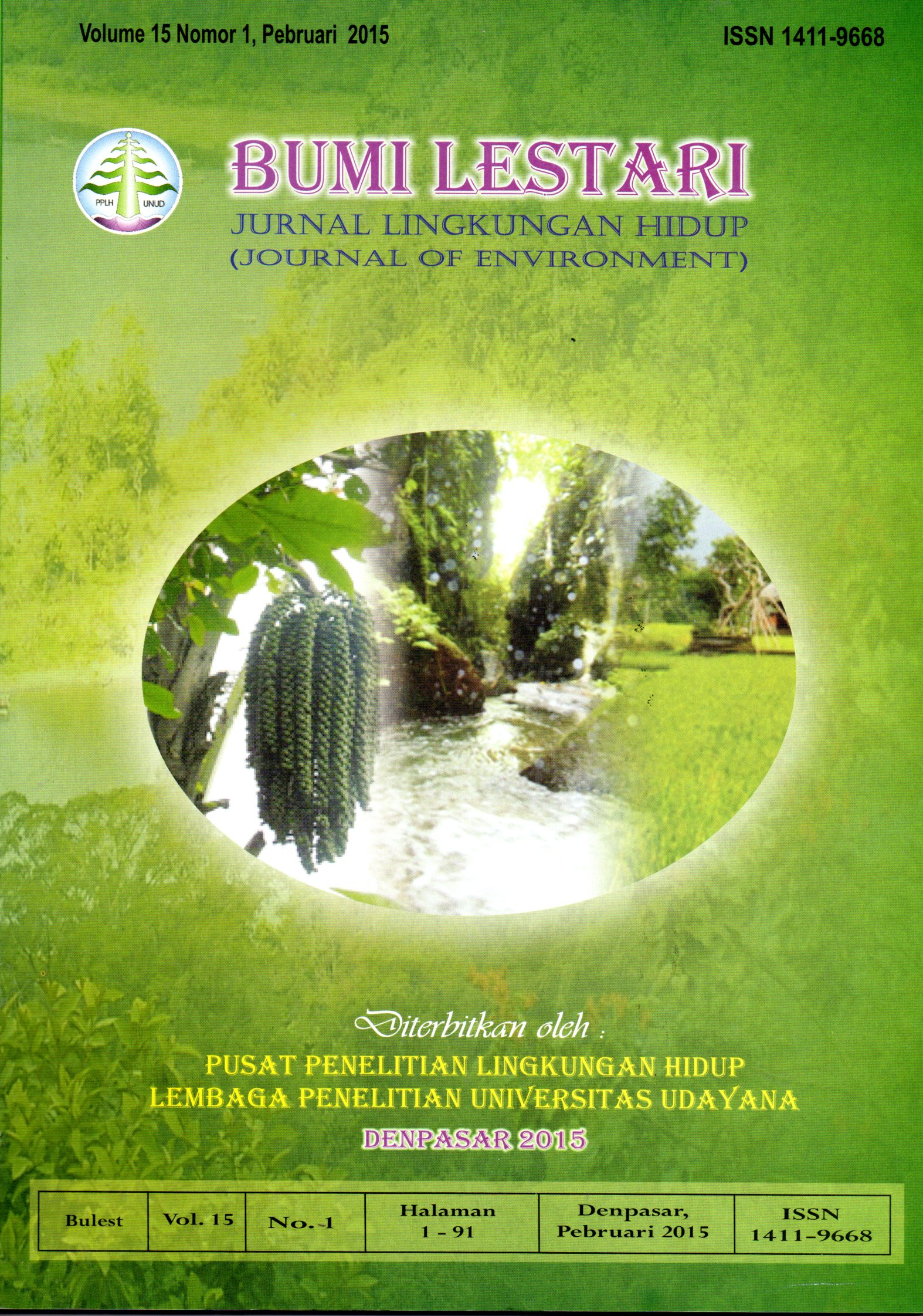KELAPA DALAM BUDAYA BALI SERTA UPAYA PELESTARIANNYA
Abstract
The coconut has a meaningful role in Balinese live. Economically, the coconut is becomingone of the commodity of Bali. The coconut products such as young and old leaves, flower,
young and old fruits and the coconut stems, all of them used by the Balinese. Coconut is
considered as food stuff, building materials, and for handycrafts. This article reports the
cultural classification of coconut, based on Balinese way of looking. At least there are 12
kinds of coconut, namely: 1) nyuh bulan, 2) nyuh udang, 3) nyuh gading, 4) nyuh gadang, 5)
nyuh sudamala, 6) nyuh bojog, 7) nyuh surya, 8) nyuh rangda, 9) nyuh be julit, 10) nyuh
bongol, 11) nyuh mulung, and 12) nyuh harum. The intended coconuts are used mainly for
religious ceremony. The aim of this article is to desiminate the intended information for it’s
conservation and preservation. By knowing that, as a Balinese, hopefully, that every body
fully concerned in the preservation program of coconut until forever.
Downloads
Keywords
Authors who publish with this journal agree to the following terms:
- All articles published by Bumi Lestari Journal of Environment and Environmental Reseach Center Udayana University are made available under an open access license worldwide immediately. This means everyone has free and unlimited access to the full-text of all articles published in Bumi Lestari Journal of Environment, and everyone is free to re-use the published material given proper accreditation/citation of the original publication. Open access publication is supported by authors' institutes or research funding agency by payment of a comparatively article processing charge for accepted articles (See Author Fees). Bumi Lestari Journal of Environment and Environmental Reseach Center Udayana University publish articles under the Creative Commons Attribution License.
- Authors are able to enter into separate, additional contractual arrangements for the non-exclusive distribution of the journal's published version of the work (e.g., post it to an institutional repository or publish it in a book), with an acknowledgement of its initial publication in this journal.
- Authors are permitted and encouraged to post their work online (e.g., in institutional repositories or on their website) prior to and during the submission process, as it can lead to productive exchanges, as well as earlier and greater citation of published work (See The Effect of Open Access).





